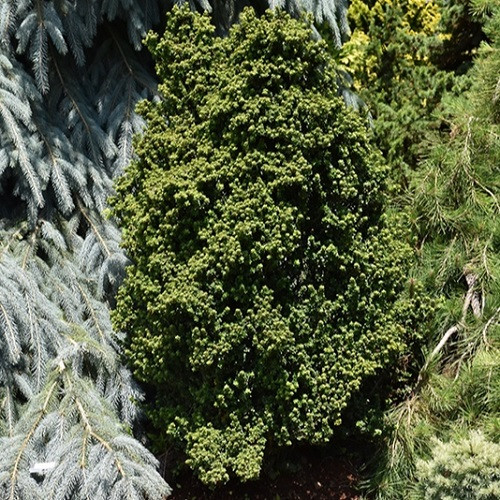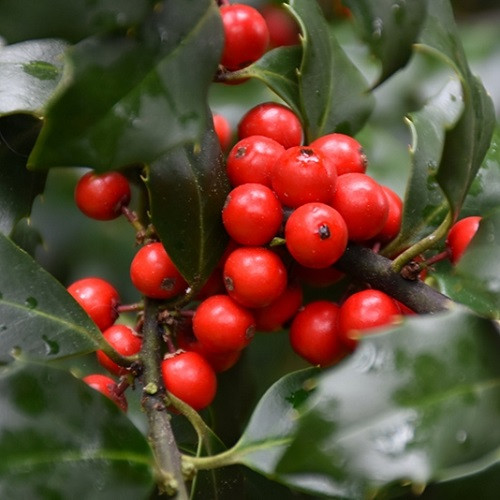| Ilex crenata 'Dwarf Pagoda' |
USDA Zone: 5-9 |
An absolutely stunning dwarf, dense and tightly compact broadleaf evergreen with tiny foliage and a wonderfully artistic habit of growth. Dwarf Pagoda Japanese Holly is adaptable, versatile and sculptural: no wonder this slow-growing evergreen holly is so popular. Its tiny, but substantial, rounded leaves grow in close layers on short, stiff stems, and its irregular form provides a natural structure to rock gardens, troughs and other small-scale plantings all year. Provide protection from early frosts.
This is a female variety of the species which requires a male selection of the same species growing nearby in order to set fruit.
Dwarf Pagoda Japanese Holly is recommended for the following landscape applications;
- Mass Planting
- Rock/Alpine Gardens
- Border Edging
- General Garden Use
- Container Planting
Dwarf 2-4″/year
Common Name: Holly, Japanese Holly
|
Key Feature
|
Light Needs | Landscape Uses |
 |
 |
|
|
|
|
| More About Dwarf Pagoda Japanese Holly |
| Height: 2-3 ft |
Spread: 2 ft |
Flower Colour: Grown for Foliage |
|
Dwarf Pagoda Japanese Holly does best in partial sun to partial shade. It prefers to grow in average to moist conditions, and shouldn't be allowed to dry out. It is very fussy about its soil conditions and must have rich, acidic soils to ensure success, and is subject to chlorosis (yellowing) of the leaves in alkaline soils. It is highly tolerant of urban pollution and will even thrive in inner city environments. Consider applying a thick mulch around the root zone in winter to protect it in exposed locations. Dwarf Pagoda Japanese Holly makes a fine choice for the outdoor landscape, but it is also well-suited for use in outdoor pots and containers. It is often used as a 'filler' in the 'spiller-thriller-filler' container combination, providing the canvas against which the thriller plants stand out. Note that when grown in a container, it may not perform exactly as indicated on the tag - this is to be expected. Also note that when growing plants in outdoor containers and baskets, they may require more frequent waterings than they would in the yard or garden. Be aware that in our climate, most plants cannot be expected to survive the winter if left in containers outdoors, and this plant is no exception. NOTE: Some flowers and plants may be harmful or poisonous to people or pets if touched or ingested. If you require more information before placing an order, please let us know in advance. |










